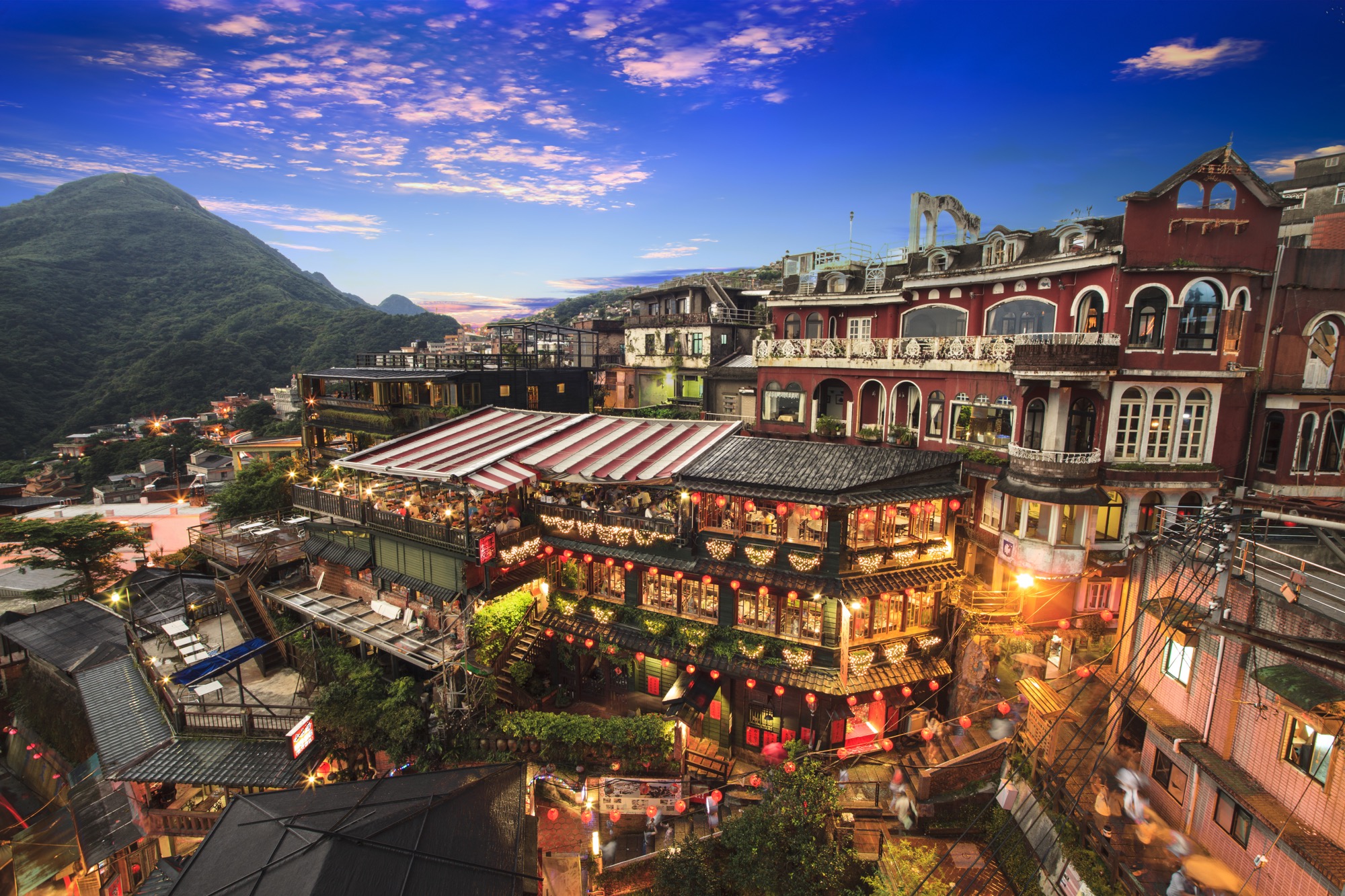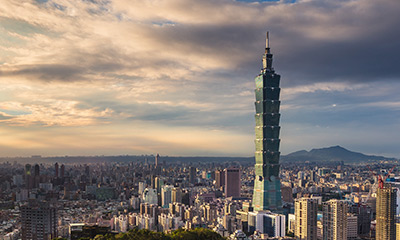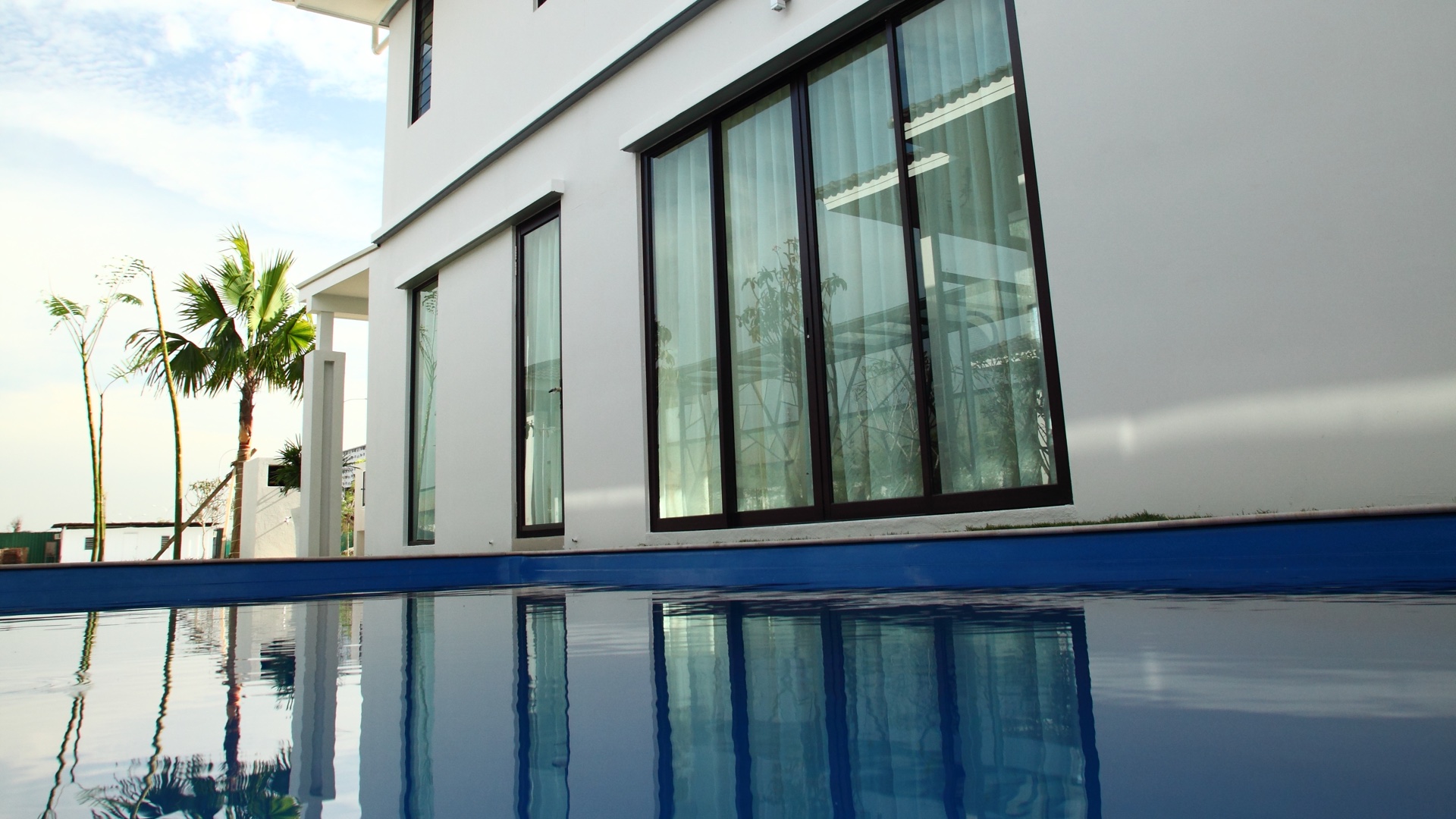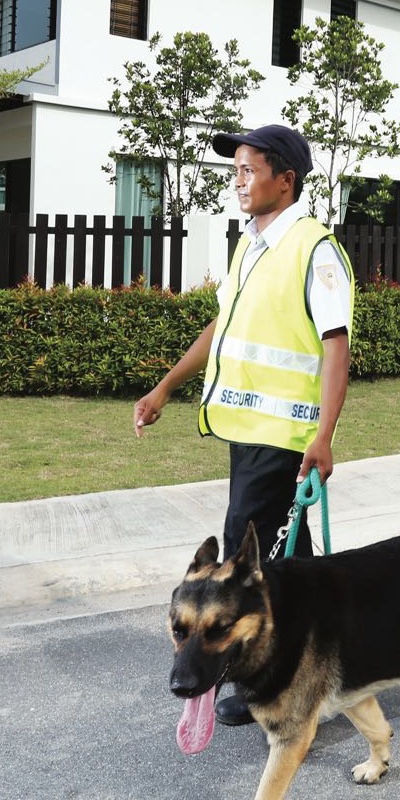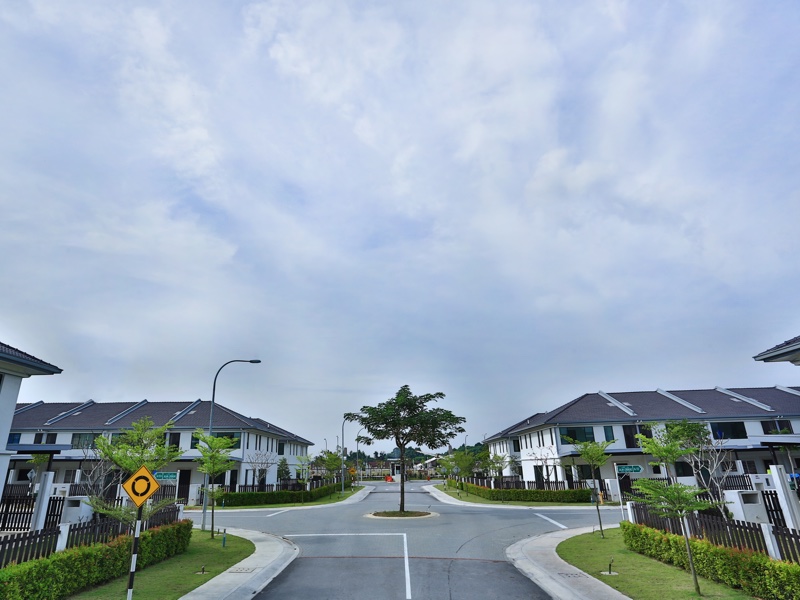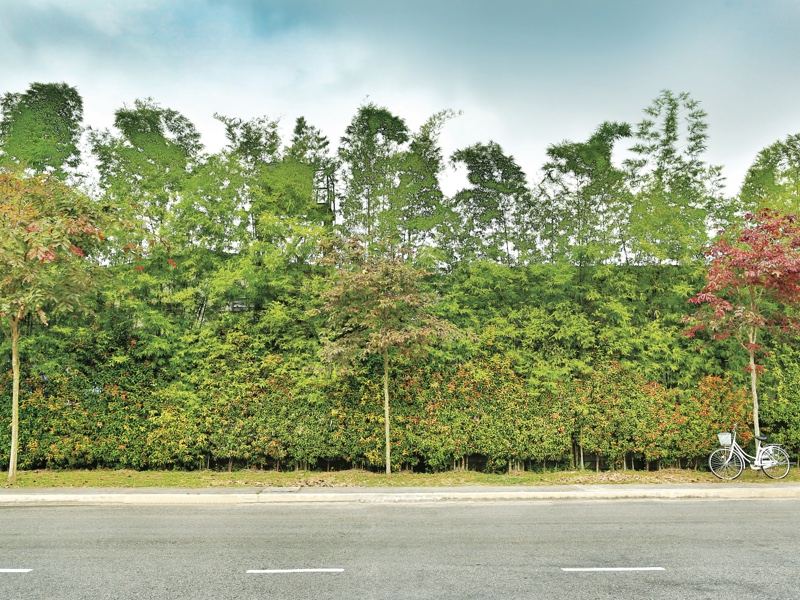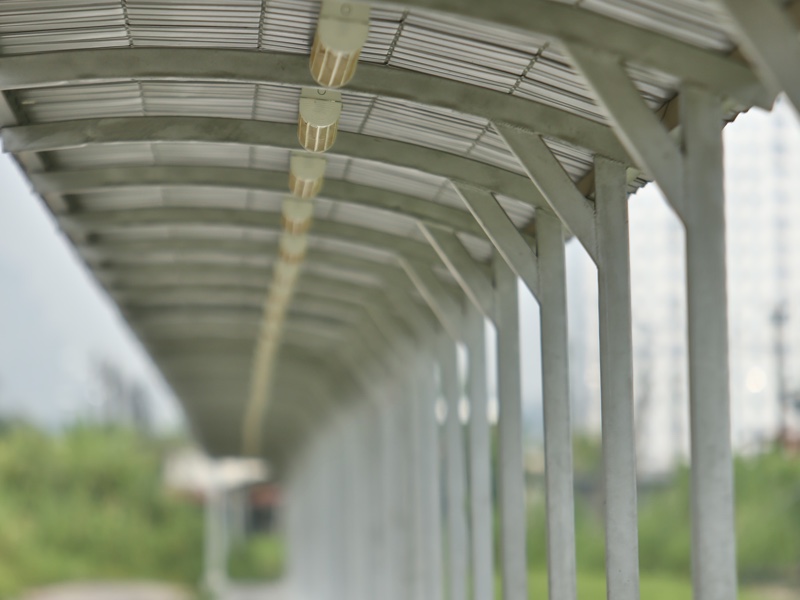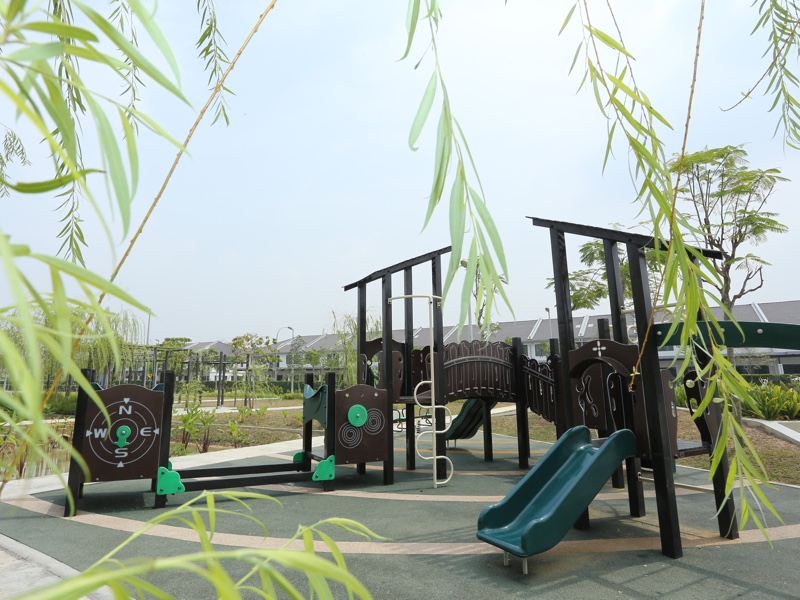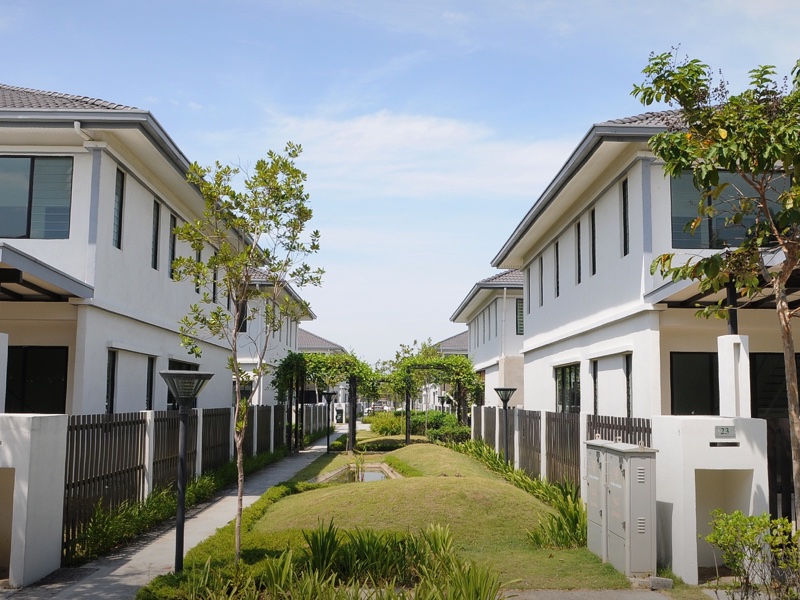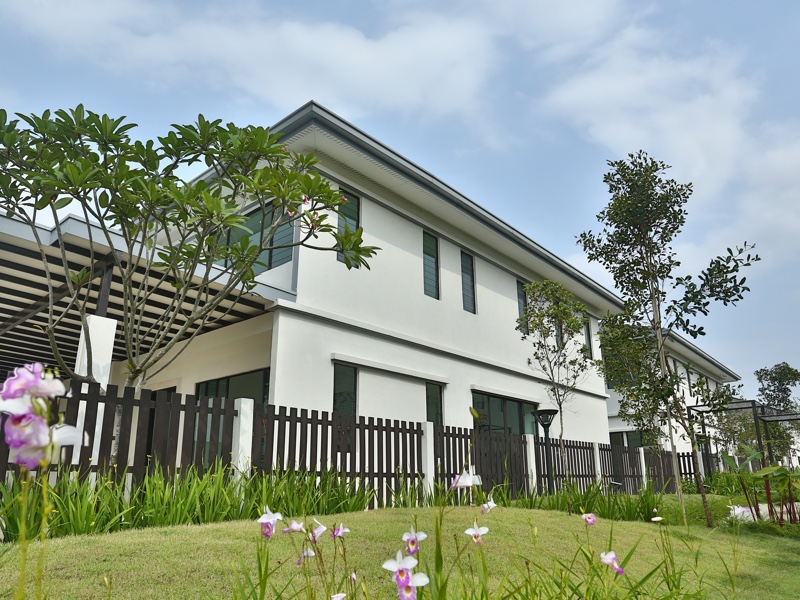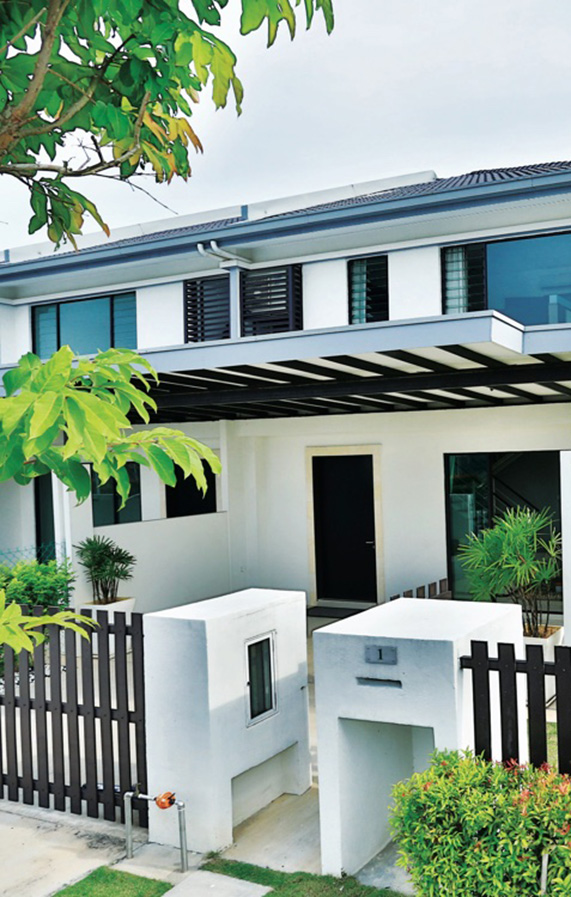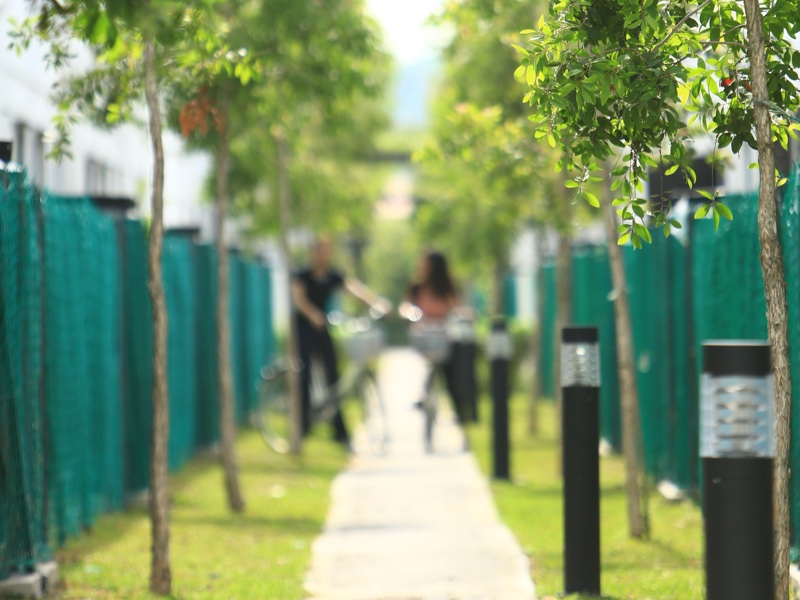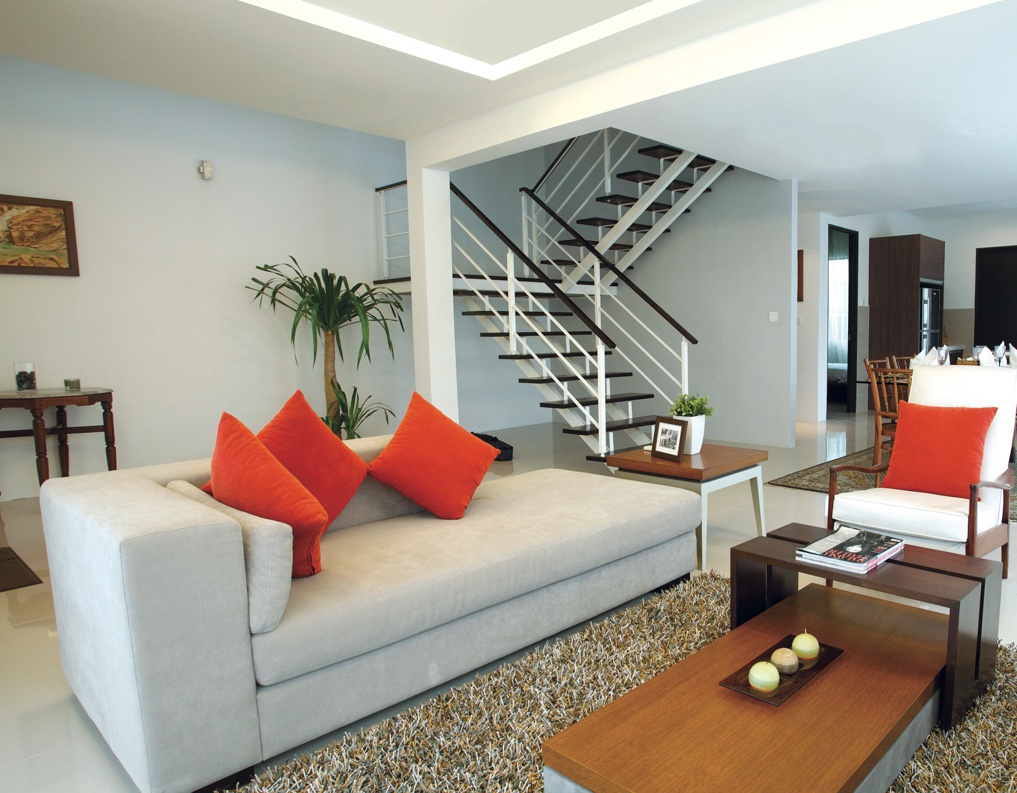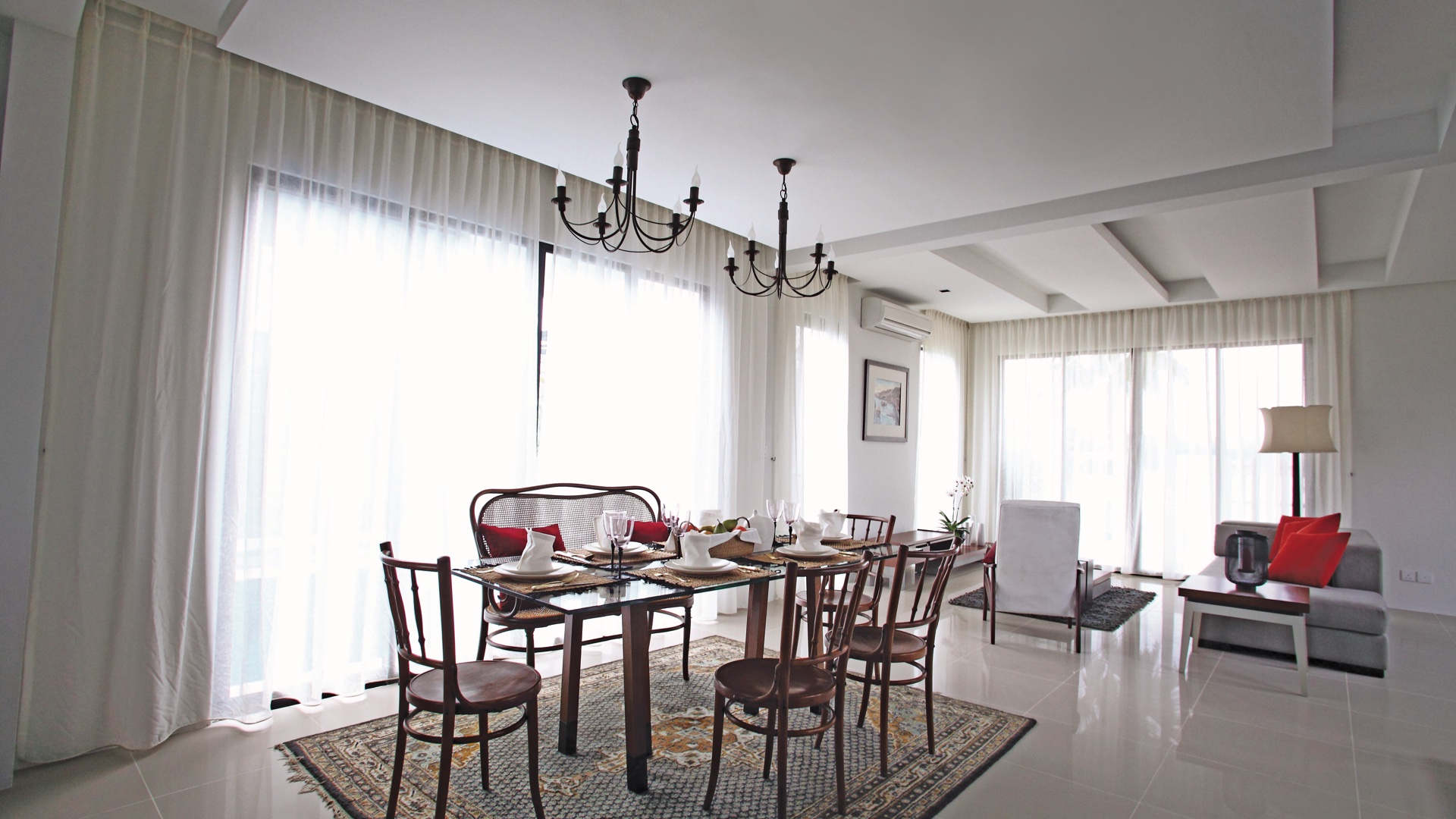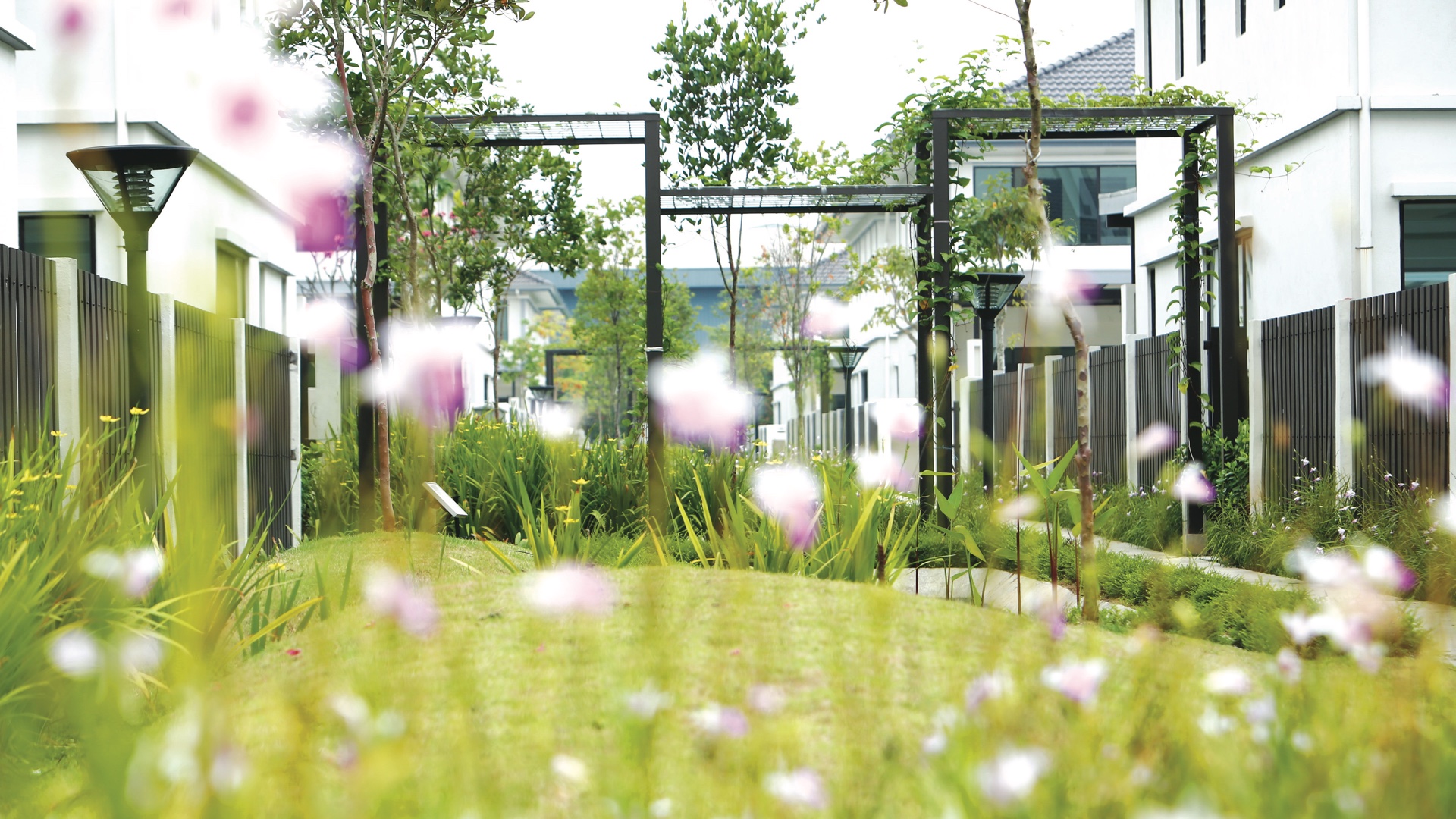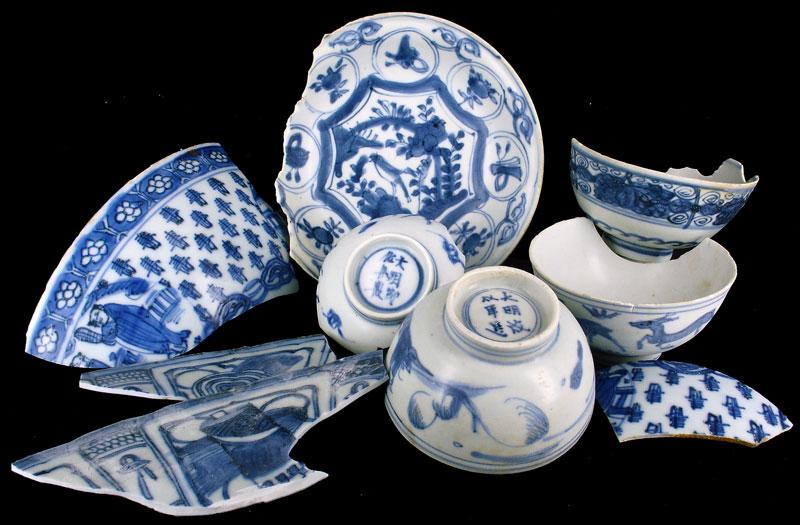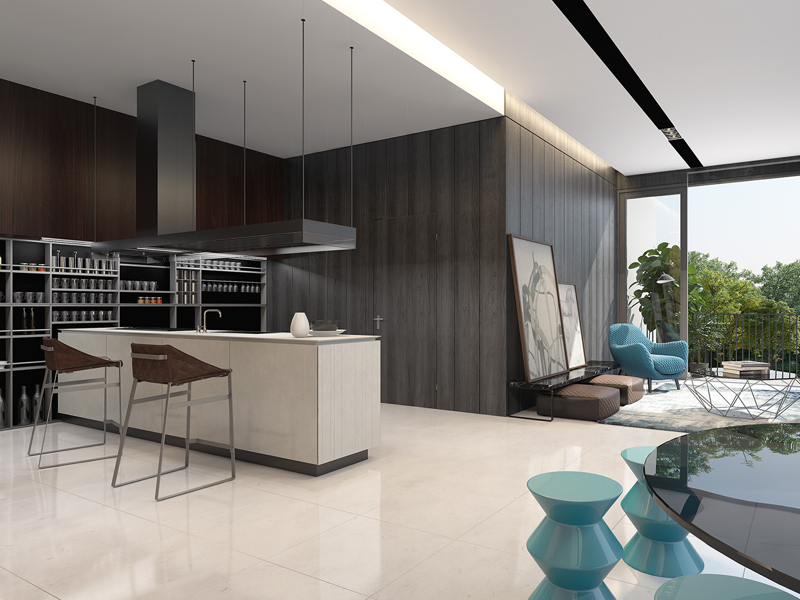
MR.D.I.Y. & DAISO compared in RM5 November showdown
MR.D.I.Y. & DAISO Compared In RM5 NOVEMBER Showdown.
MR.D.I.Y. lowers prices for a limited time, RM5 Sale matches Daiso’s price sen for sen.
Smart consumers are the ones who will take their time to compare the prices from different vendors to make sure they make smart purchasing decisions.
But that can take a lot of time so we’ve gone ahead and done it for you.
MR.D.I.Y. is holding a RM 5 sale that will last throughout the month of November, bringing their prices down to match that of Daiso’s, whose products are selling at RM5 year around.
So we’ve gone into both shops to compare each company’s products and rate them on the quality and quantity of their wares.
Pails

Upon buying the pails, we immediately noticed the difference in size, MR.D.I.Y.’s is almost twice as big as the one we bought in Daiso. We knocked them up a bit and also found the pail from MR.D.I.Y. to be of slightly better quality than the one we bought from Daiso.
Water Bottles

The two water bottles don’t differ much in terms of quality. But for RM5, the MR.D.I.Y. bottle can hold 2.5 litres of water while the one from Daiso can only hold 1.6litres, though these arguably serve different purposes, one made to be more portable and one to be left at home. Furthermore, the MR.D.I.Y. bottle comes with a handle while the one from Daiso doesn’t.
Chopping board

Daiso’s chopping board has a bigger surface area than MR.D.I.Y.’s. But MR.D.I.Y. ‘s board is thicker and is beautifully made of bamboo. However, Daiso’s chopping board, being made of plastic, is lighter, making it easier to be carried around.
Toilet Brush

Daiso’s toilet brush is made of flimsier material advertised on the packaging as “spongetawashi” but they come off easily when pulled. On the other hand, MR.D.I.Y.’s toilet brush is both sturdy and comes with a container. MR.D.I.Y.’s brush however, is made straight, making it difficult to reach into the deeper areas of the bowl while Daiso’s is shaped slightly slanted at the end, making it easier to manoeuvre into hard to reach areas.
Clocks

The clocks, other than in its design, are minimally different from one another, both featuring analog faces. But where they differ is in their size, with the one from MR.D.I.Y. being slightly larger than the one we bought from Daiso.
Padlocks

Arguably, both of these padlocks serve different purposes, the one from Daiso, which is normally used for luggage and travelling bags, and another from MR.D.I.Y. for doors and gates. However, it needs to be said that purely in terms of getting the most bang for your buck, that MR.D.I.Y. is the winner in giving you value for money.
Correction Tape

In comparing the correction tape from the two different brands, we found that for RM 5, MR.D.I.Y. is giving us six rollers, while Daiso only gave us one for the same price. We opened them up to test the quality, they both give us roughly the same amount of tape. But it must be said that the one from Daiso can be refilled with tape sold at their stores.
Stationery

The stationery we bought from Daiso was of their own brand and for RM 5 we could only afford a set of four pencils. However, when we went to MR.D.I.Y. , we were pleasantly surprised to find that for the same price, we got a set of six 2B pencils, three erasers (2 of which can be fitted on back of the pencils), a ruler, and a sharpener, not to mention they were from Faber-Castell.
Socks

For the same price, we managed to get a set of three pairs of socks from MR.D.I.Y. whereas, when we looked for the same product in Daiso, we could only find one pair at the same price. There isn’t any noticeable difference in quality between the two brands of socks
Cosmetics

The cosmetic brushes that we bought from Daiso came in a small container that the brushes can be stored in making it more portable than MR.D.I.Y.’s , but the brushes themselves were flimsy and didn’t feel very lasting. MR.D.I.Y.’s cosmetic brushes on the other hand did not come in a container, but they were sturdy and well-made and even had one extra brush than the set that we bought from Daiso.
MR.D.I.Y. ‘s products are the clear winner of the comparisons, but It must be said that Daiso offers these products all year, so it is understandable why they cant match MR.D.I.Y.’s value for money, whose promotion will only be lasting for a month, so you’d probably want to head over there and take advantage of it in November.

